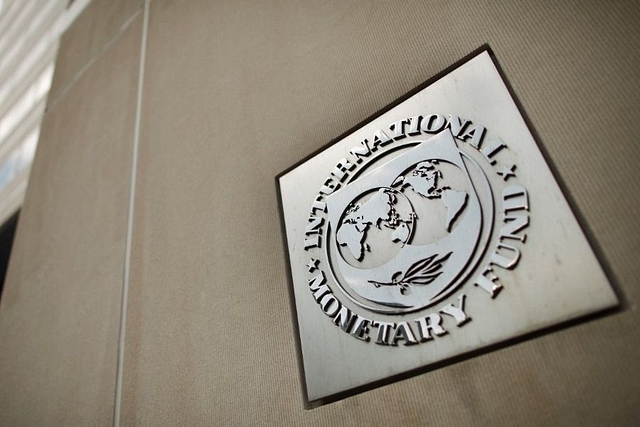
How Covid-19 Changed IMF’s Mind On Capital Account Liberalisation
The capital account rethink will have interesting policy implications for several countries including India as it attempts to deepen its financial markets and allows for a greater role of foreign capital.
Recently, the Independent Evaluation Office (IEO) of the International Monetary Fund (IMF) came out with a report on the IMF advice on capital flows to Africa and the Middle East. The report comes at an opportune time as there has been significant discussion on capital flows, especially about the prospects of open capital accounts.
The present Covid-19 pandemic has resulted in greater financial flows to some emerging markets, while others have witnessed capital outflows. Thus, it is important to evaluate the evolving views of the IMF on the matter since it has been a strong advocate for a gradual opening up of the capital account.
The report, while giving credit to the IMF for the analysis of capital flows to Sub-Saharan Africa and the Middle East regions, also highlights the fundamental problem of the bulk of the analysis as being ex-post rather than ex-ante.
This is important as it illustrates problems associated with providing policy advice, especially with the far too many unknown unknowns that determine the behaviour of markets.
However, the advice given largely has been two-handed — and that has been one of the criticisms of economics as a profession.
Most policy prescriptions can be considered of comprising with the phrases “on one hand” and “on the other” which ensures that the policy prescriptions are completely vague and allows for greater discretion on part of the policy-makers.
The authors of the report mention that the approach has been successful in achieving a balance between the advantages and the risks carefully. This is important given the risks that emerge from sovereign borrowings.
Indeed, the benefit of hindsight is often not available while undertaking policy decisions and thus, what may appear to be the best policy tool ex-ante may not be the best possible intervention ex-post.
Incidentally, many, including myself believe that sovereign borrowings are indeed important even for India, more so in the post pandemic world.
Therefore, this report is important and comes at an opportune time even though it is dealing with Sub-Saharan African and Middle Eastern countries. More so as the debt vulnerabilities across Sub-Saharan African and Latin American countries seem to be a cause for concern and thus there are lessons here to avoid the same mistakes.
A key point indicated in the report pertains to the experience of Ethiopia and Kenya, where authorities have acknowledged the advice it has received from the IMF.
This, they term has been in contrast from the past attitude as they no longer feel a strong bias towards capital account liberalisation. This is an important shift as it marks a rethink by the IMF on capital account liberalisation and it illustrates a recognition of the risks associated with the same.
This rethink acknowledges the diversity of economic systems across the world, and that a standard policy prescription may not serve well for all the economies thereby requiring a more nuanced and pragmatic approach towards policy advice.
These risks are due to greater volatility of capital flows and build-up of external debt which poses as a problem in the event of the lack of adequate foreign inflows.
More importantly, the report highlights the acknowledgement of use of capital flow management in the event of imminent crisis as a part of a policy package if it is a temporary measure.
This was explicitly stated in the Regional Economic Outlook (REO) for Spring 2020.
This is in contrast with the advice of the IMF until recently where it dissuaded or urged only restricted use of capital flow measures (CFMs) as it cautions their impact on investment climate.
The REO for Fall 2013 stated that the CFMs must be considered only as a last resort in response to a financial crisis. The question, that thus emerges is, what caused this rethink? The answer is Covid-19 which saw significant capital flow mobility with over $4 billion of portfolio outflows from Sub-Saharan Africa in a matter of weeks.
The overall rethinking on conventional wisdom must be welcomed as it was much warranted. But more importantly, we must appreciate the efforts of the IEO and the authors to illustrate the importance of capital flow management as an important policy instrument, which has been thus far ignored.
This will be critical in a post pandemic world with surplus US dollars and greater capital flows to emerging market economies which could be problematic for many reasons.
If not anything, then greater access to cheap dollar debt could be tempting for fundamentally weak economies to resort to sovereign borrowing programmes that could result in long-term implications of their domestic economy.
Perhaps, the report and the rethink, both come timely as it raises several important questions and can initiate a greater discussion on the use of CFMs as a policy instrument.
This will be an interesting development to track and it will have interesting policy implications for several countries including India as it attempts to deepen its financial markets and allows for a greater role of foreign capital.